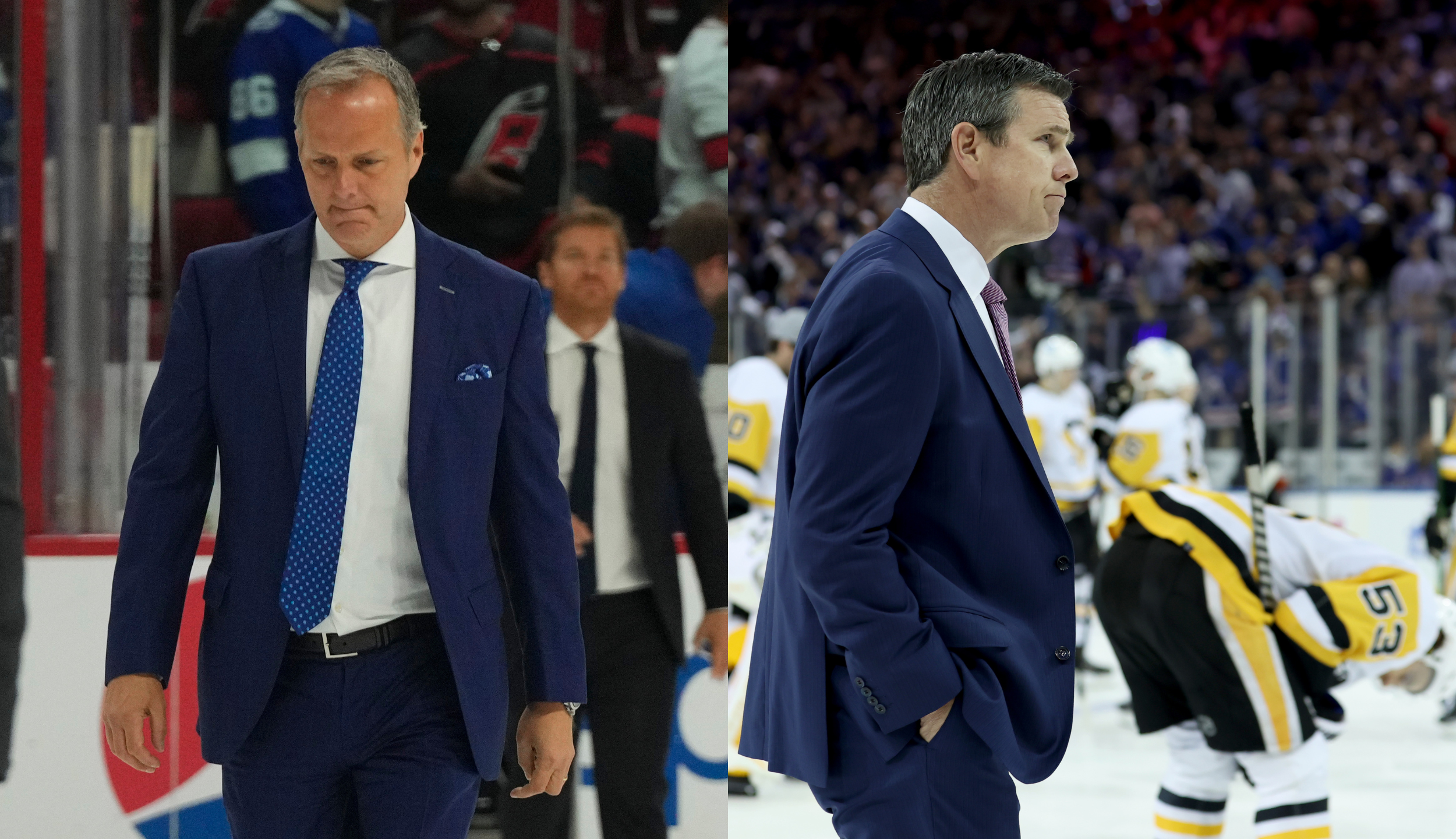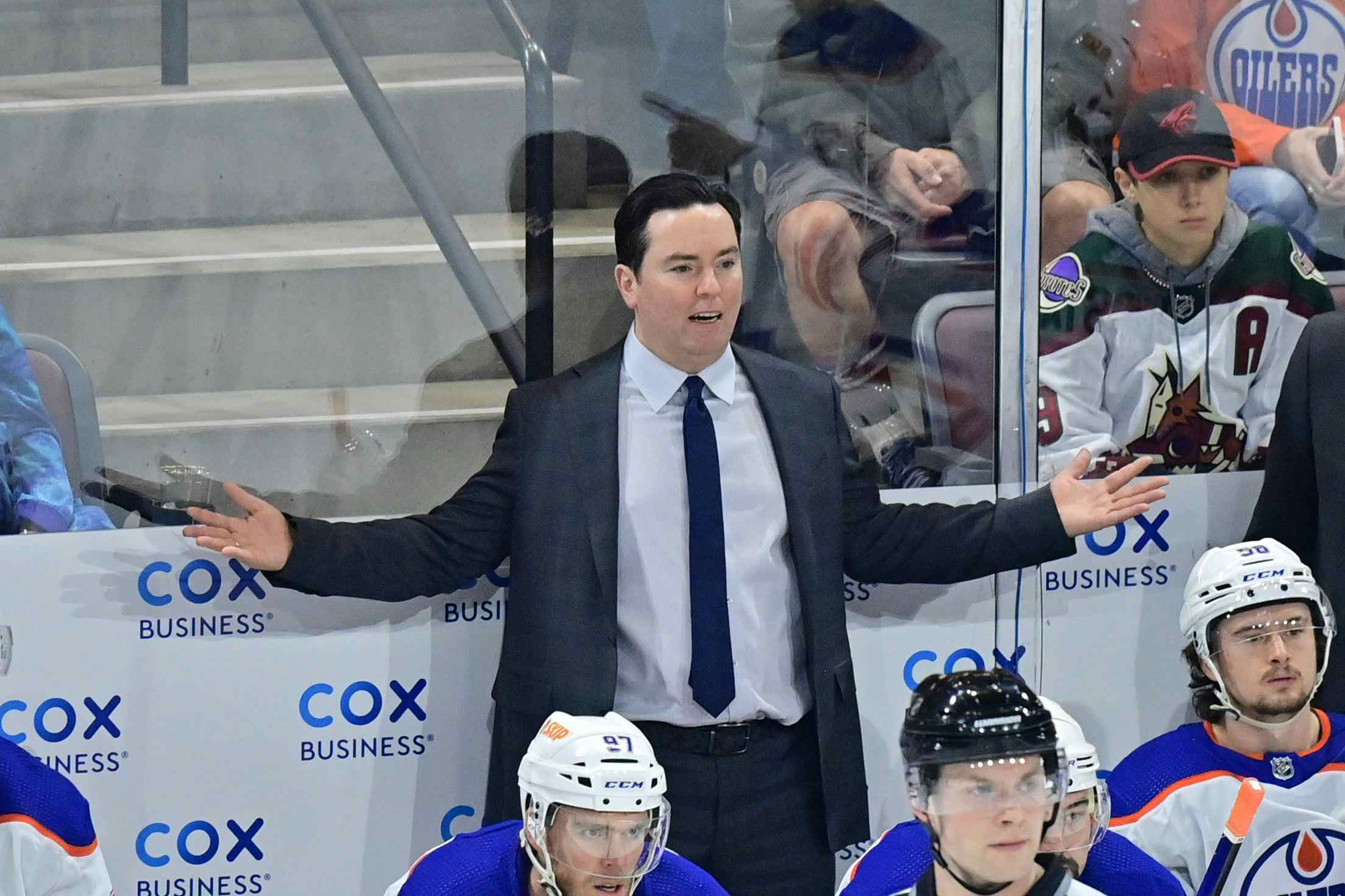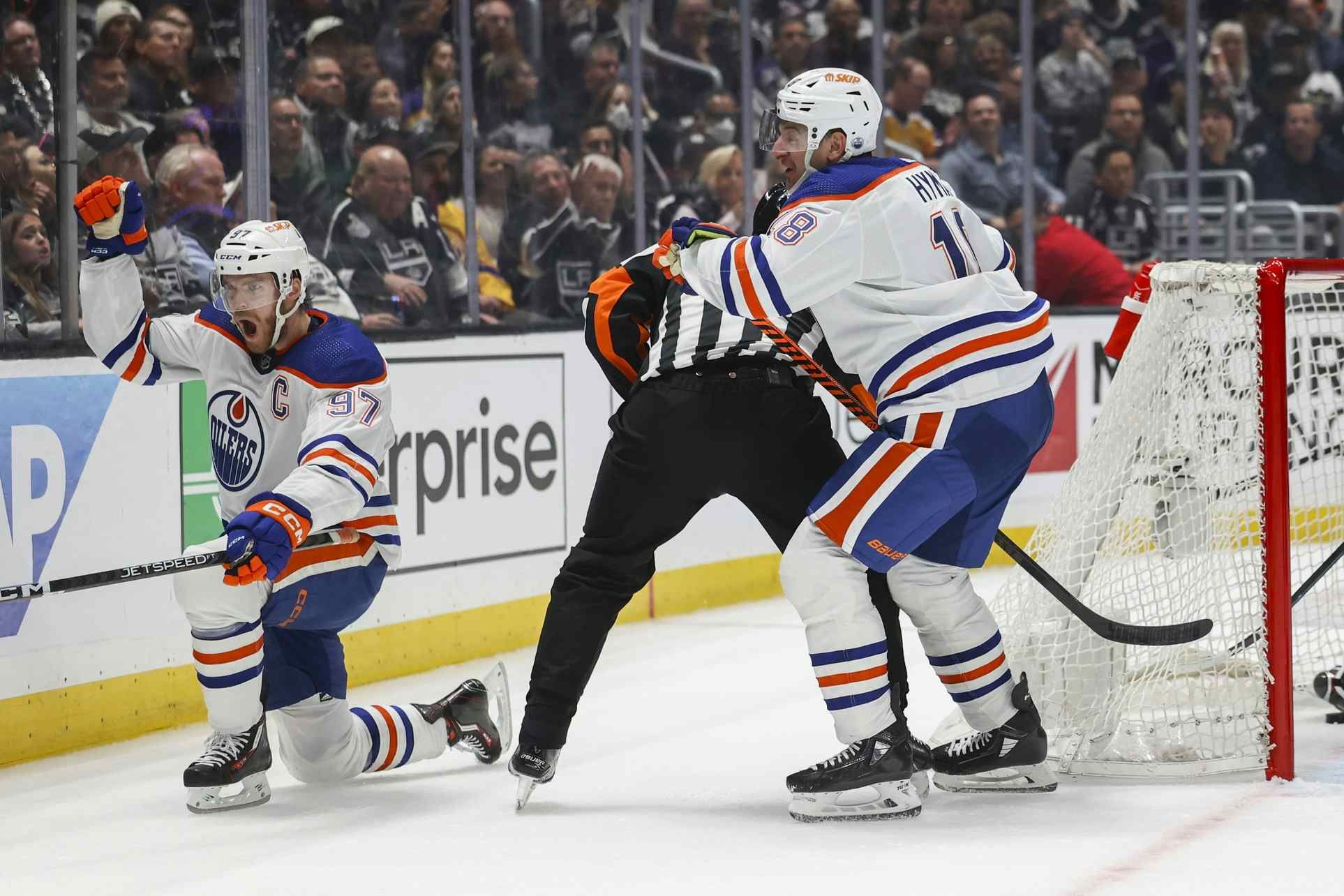Ottawa, Edmonton and Goaltending

The Ottawa Senators are looking to trade a goalie, as has been widely reported and would have been plainly obvious in any case to anyone paying even the tiniest bit of attention to the team. The Edmonton Oilers are looking to add a goalie, as has also been widely reported and would also be plainly obvious to anyone paying even the slightest attention.
What does seem to be becoming clearer is the Oilers’ likely target(s), as well as the likely cost of acquisition.
As everybody’s favourite dairy-carrying receptacle noted on Thursday, ESPN’s Pierre LeBrun identified Ottawa backup goalie Robin Lehner as one of Edmonton’s target netminders. The same day, the Ottawa Sun’s Bruce Garrioch reported that from a Sens’ viewpoint keeping Anderson made sense because he gave the team it’s best chance to win in the present, and moving Lehner made sense because he was the likeliest to fetch a bigger return.
Lehner vs. Anderson

Why would the Oilers be looking at the untested Lehner rather than the far more proven Craig Anderson? The answer is pretty simple: Edmonton isn’t going to win the Stanley Cup next season. Good goaltending next year is important because it will allow the team to make forward strides, but if they don’t get good goaltending it isn’t going to cost them a Stanley Cup the way it might two or three years down the line.
Anderson is 34 years old and has three seasons left on his contract, the age 34, 35 and 36 seasons. He may continue to play well over that span; some goalies do and the Oilers have firsthand experience with one of the great recent exceptions to the rule, Dwayne Roloson.
However, for most goalies, turning 35 coincides with a collapse in performance. Work done on goalie aging curves suggests that the average ‘tender falls off a cliff right around that age. In Anderson’s case, even if he doesn’t fall off a cliff, it’s likely that each season will see a gradual reduction in his play.
Robin Lehner on the other hand is about to turn 24. He isn’t a sure thing and he’s coming off a difficult year, but he’s 6’5”, has an impressive minor-league and major-league resume and is a legitimate starting candidate. He’s already getting paid (two years left at $2.25 million) but not enough to break the bank. He’s less immediately interesting to me than Cam Talbot, but he’s also significantly younger and won’t be an unrestricted free agent when his current deal ends.
What would Lehner cost?
The Price of Acquisition

Via Garrioch:
There’s no question the market is heating up, which is good for Murray because he’s dealing from a position of strength with depth and nobody demanding a move. Sources say the asking price for Lehner is a good, solid, young player in return and a pick in the top two rounds.
Garrioch’s “position of strength” view is one way to look at things, but not in my view the most realistic one. There are more potential starters than there are places to be a No. 1 goalie; assuming Antti Niemi lands somewhere there are probably two starting jobs open for Karri Ramo, Jhonas Enroth, Michal Neuvirth and the entirety of the NHL trade market, including Talbot and Eddie Lack and anyone else who might break free. It’s a buyers’ market.
Additionally, Ottawa is in the worst spot because they have little choice but to make a trade. Nobody may be asking out, but it’s a cinch that the Senators don’t want to go into next season with three goalies on their NHL roster; it’s always a difficult situation to manage and it dramatically reduces a team’s flexibility.
In other words, everybody knows that the Senators will be making a trade and everybody with any sense knows that there are going to be plenty of other options on the market besides whichever goalie Ottawa sets free.
Despite this, I don’t doubt that the initial asking price is in the range Garrioch describes. Ottawa was in a similar position a few years back with Ben Bishop and eventually dealt him to Tampa Bay for forward Cory Conacher and a fourth-round draft pick. Edmonton was in the mix on that deal, too, with Postmedia suggesting that the Oilers offered Ryan Jones and a second-round pick and Elliotte Friedman offering a more elaborate story a few months later:
I’ve always wondered how close Edmonton came to getting Ben Bishop, currently standing tall in Tampa Bay’s goal. The Lightning got him from the Senators for Cory Conacher and a fourth-round pick. From what I understand, the Oilers offered a second-rounder, a third-rounder and Ryan Jones. The issue? That second-rounder was Anaheim’s, which turned out to be 56th overall and Ottawa wanted Edmonton’s original spot, which was 37th. It sounds like the deal fell apart when the Albertans wouldn’t do it.
At the time of the deal, Conacher was a 23-year-old forward with 24 points in 35 games. Tampa Bay sold high; a year later Conacher would end up in Buffalo after being waived by the Sens and he’s since found his way back to the AHL.
But we can probably look at the Bishop deal as the Sens’ reference point for this trade. I suspect they’ll have more difficulty commanding that kind of return over the summer than they did at the trade deadline in 2013; my guess is they’ll eventually end up having to settle for something in the second-round range but we’ll see what happens.
RECENTLY BY JONATHAN WILLIS
- Edmonton extends Andrew Miller, Brad Hunt
- Oilers’ coaching picture is becoming clearer
- The lessons Edmonton should take from Justin Schultz’s development
- Is Adam McQuaid a good place to spend $2.5 million
- Taking advantage of cap hell: Tampa Bay Lightning
- How much money should the Oilers spend in net?
- Edmonton Oilers sign Anton Slepyshev
- Follow Jonathan Willis on Twitter
Recent articles from Jonathan Willis





